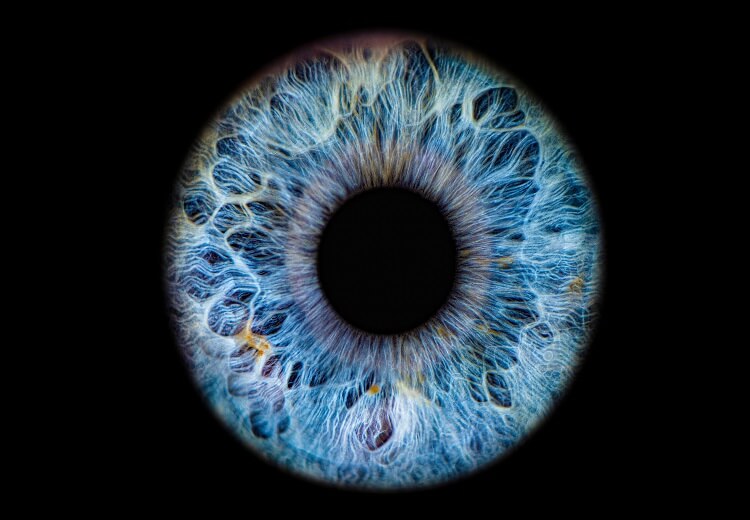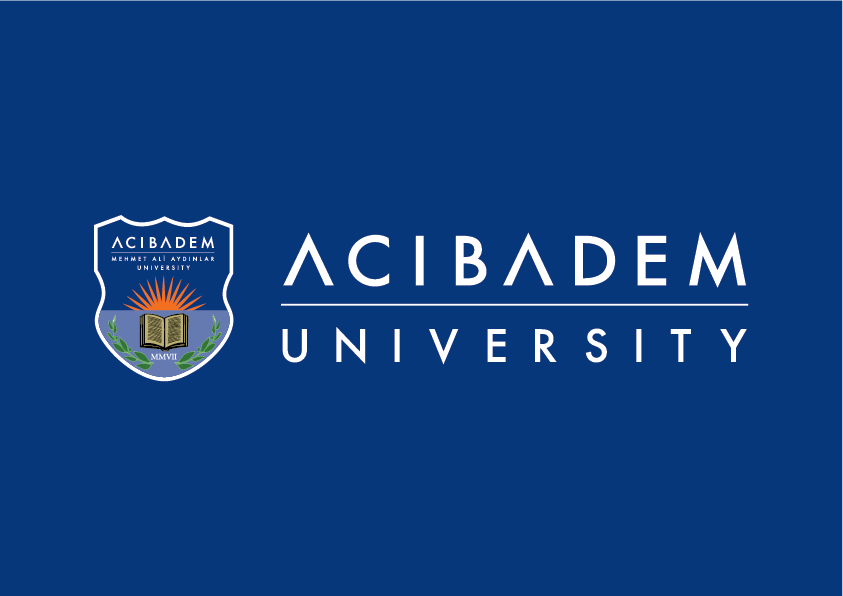Tissue and Organ Spare Parts That Become Your Own In Time

Sponsored by

Sponsored by

People suffer from organ and tissue loss which are treated by replacement with permanent implants which in itself has its own problems. And these devices might not be made to measure to fit the patient's dimensions. Scientists at Acıbadem University Biomaterials Center offer patient specific implants that disappear as the defect heals. Especially two devices are concentrated on at present: Bone and Cornea implants. These are the end products of a combination of various technologies and approaches. The patient specificity comes from the use of an industrial technique called additive manufacturing, the disappearing in time from polymer chemistry and faster healing from tissue engineering, a cell biology derivative. The final product (with or without cells) helps remedy the disability instantly and in time disappears while being gradually replaced by the newly growing tissue, and finally no foreign material is left behind to cause problems or need to be removed. And best of all, these approaches can even be employed in space stations, or on the moon.
In addition, many other body spare parts are being developed including those to mend broken hearts. Human placental membrane is currently being decellularized to serve as a natural extracellular matrix with high regenerative capacity for the treatment of ventricular septal defects. The surface of this extracellular matrix is being modified to make it compatible with blood and to promote its population by patient's own cells.
In order to address the challenges in coronary artery grafts, small-caliber multilayered vascular substitutes (<6 mm) with biomimetic architecture and appropriate mechanical properties are being developed and the cells of blood vessel are also being integrated into the corresponding layer of the vascular construct.
Tissue models are being developed to study various diseases (including COVID-19, breast cancer) under controlled conditions using 3D printing, surfaces with nano-microtopographies.